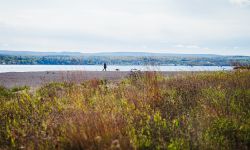Moose bone study in Michigan offers insight into aging: Turns out, it stinks
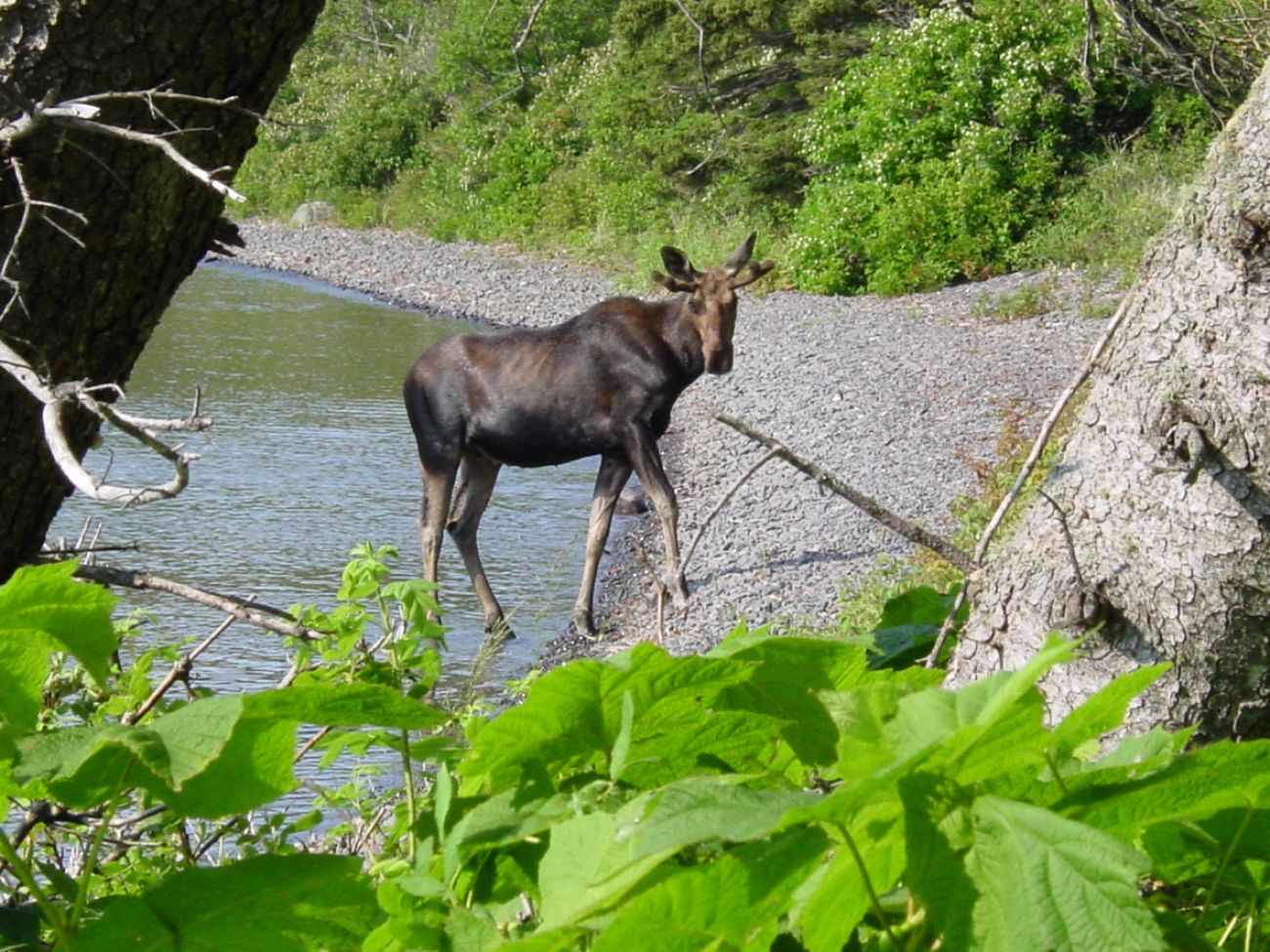
LANSING — Getting old can be rough, right?
Osteoporosis. Osteoarthritis. Periodontitis – a trio of chronic diseases that make bones fragile, make joints degenerate and make teeth become loose.
All three diseases harm the quality of life of millions of people worldwide.
But that triple-whammy also besets moose, say Michigan Technological University and Duke University researchers who’ve studied the bones of 180 moose that died of natural causes in Isle Royale National Park.
Related:
- MSU has audacious goal: Cattle production that actually helps water quality
- Court sides with Michigan regulators in poop dispute with big farms
- Michigan approves new deer hunting regulations to address overpopulation
The recently published study found that the severity and prevalence of the three diseases among moose increased with their age, based on an examination of jaw bones, hip joints and skulls of animals that died on the island at age 1 or older.
A goal of the latest study was to improve scientists’ understanding of relationships among the three diseases for people.
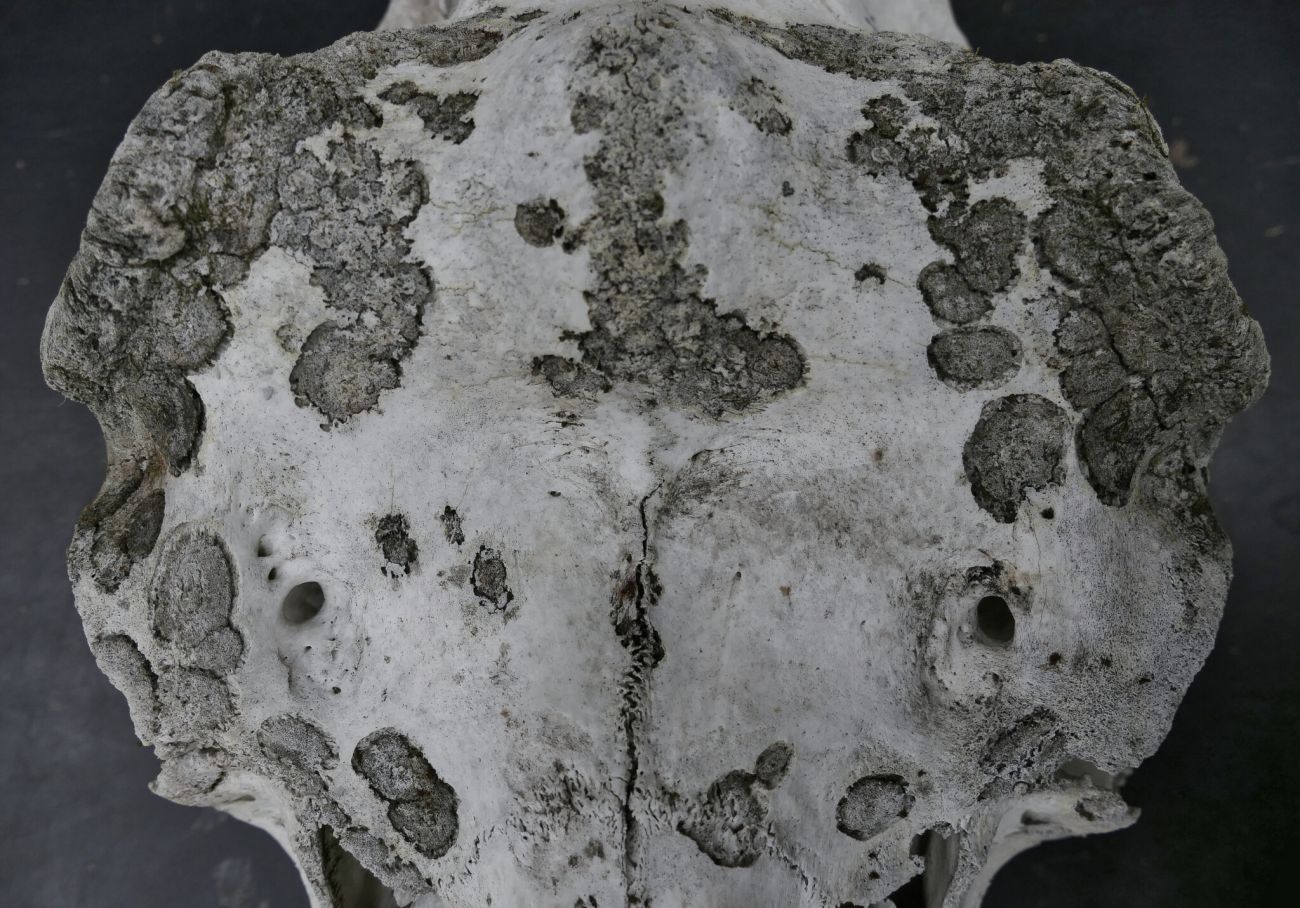
Isle Royale, one of the least-visited U.S. national parks, is in Lake Superior between Michigan and Minnesota and is the site of decades-long research about moose and wolves.
An estimated 800 moose and 30 wolves now live on the 207-square-mile island.
Scientists have access to a collection of bones from about 5,000 moose that died in the park over the past 60+ years, mostly from wolf predation, starvation and accidents, said Sarah Hoy, a wildlife biologist in Michigan Tech’s College of Forest Resources and Environmental Science and the lead author of the study.
The collection is used for a variety of other studies as well, including tracking climate change and measuring changes in air and water quality and the deposition of heavy metals over the decades Hoy said.
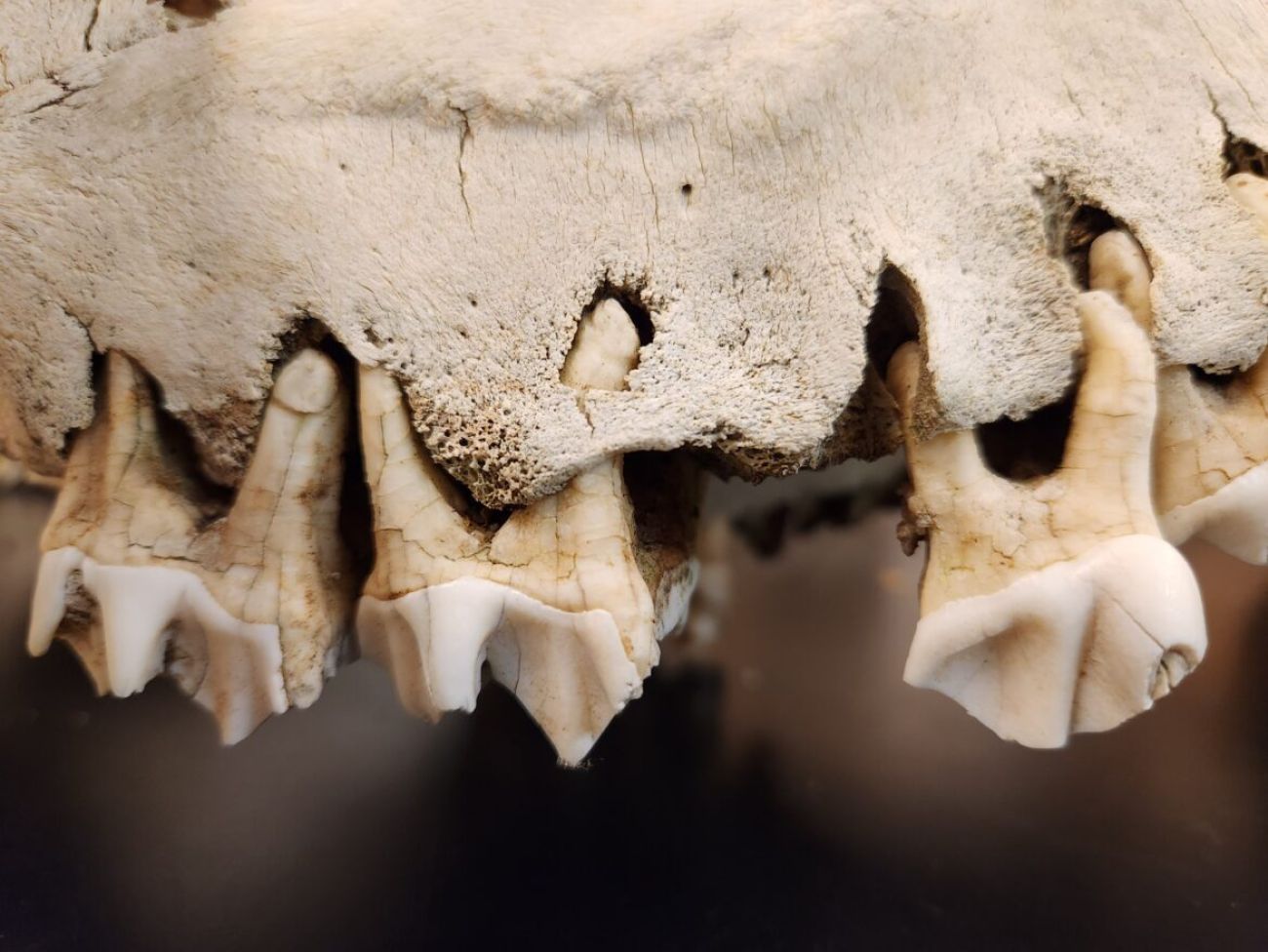
Many of the bones were found by so-called citizen scientists who come to the national park from across the United States and abroad for a week each year as Moosewatch Expedition volunteers.
Co-author Virginia Kraus, a professor of medicine at Duke University, said the moose data supports the concept of osteoarthritis as a serious disease.
“In humans, it leads to increased mortality and in moose also to increased predation. The association of gum disease with osteoarthritis also supports the concept in humans that inflammation from a variety of causes—the microbiome of the gums (periodontitis) and the gut—contribute to worse disease,” Kraus said
“Overall, the results are a case for ‘one medicine’—a term cited in 1964 to emphasize the similarities between human and veterinary medicine and the need for collaboration to effectively cure, prevent and control illnesses that affect both humans and animals,” she said.
The study published in the scientific journal “Osteoarthritis and Cartilage” found that male moose were significantly more likely than females to have those diseases.
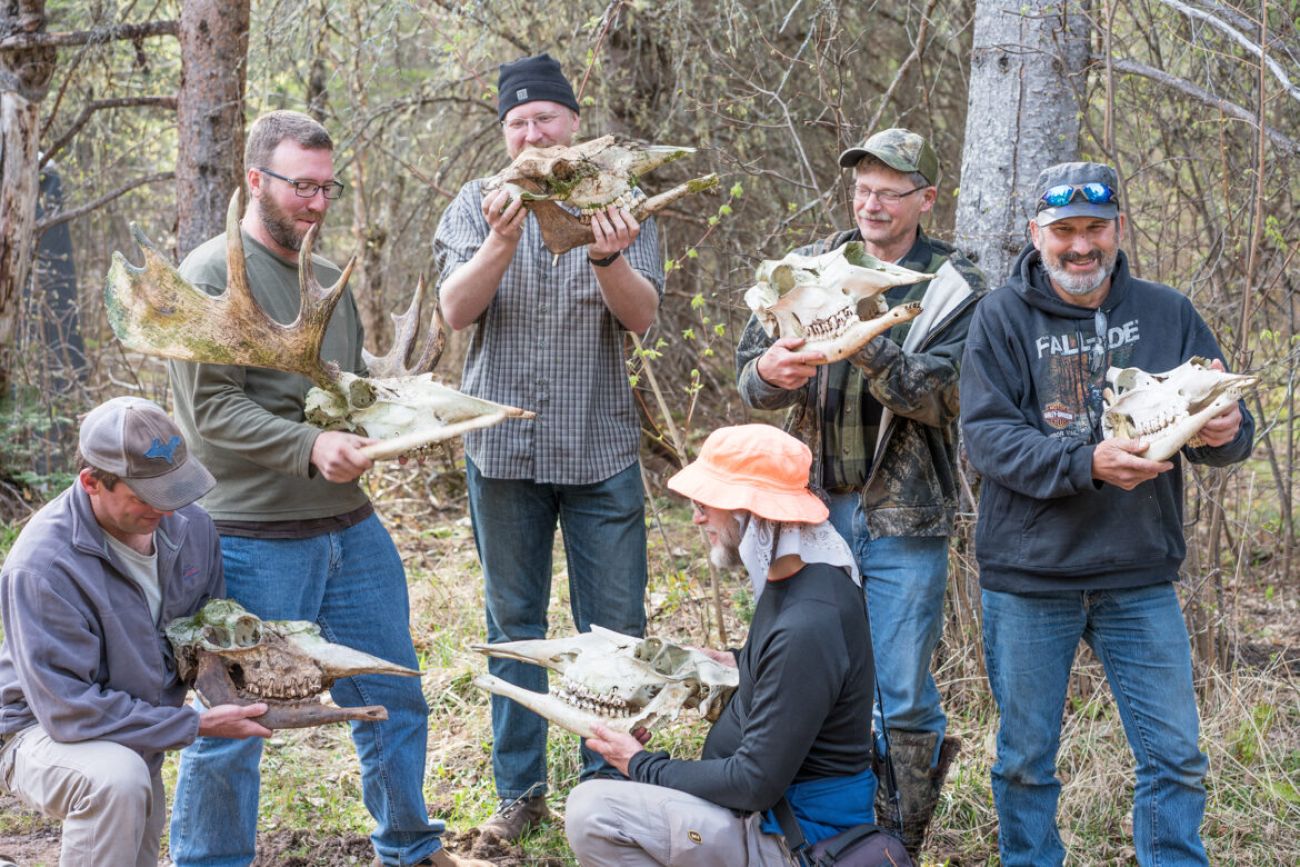
Among people, however, “women appear to use more health care, have higher osteoarthritis = prevalence, clinical pain and inflammation, decreased cartilage volume, physical difficulty, smaller joint parameters and dimensions as compared to men,” according to a 2021 study by Italian researchers.
The Isle Royale researchers found that 21% of the moose exhibited signs of all three diseases, 33% exhibited signs of two diseases and 23% showed signs of one disease. Only 23% – less than a quarter – exhibited no evidence of those diseases, the study said.
“Together, these results provide insights about three diseases which are expected to become more prevalent in the future and that cause substantial socio-economic burdens,” the study said. “The burden these diseases pose to health and social care systems is significant, global in scale and expected to worsen.”
Of course, there are differences between moose and people, the study said.
“Links among these bone diseases (for humans) have been hypothesized for decades,” the authors wrote. “However, assessments of these interrelationships are complicated by confounding (confusing) factors such as obesity, smoking, alcohol consumption, diet quality, oral hygiene and socioeconomic status” – none of which are problems for moose.
Hoy said the findings highlight the value of learning more about what increases risk “across all animal species” and are important to resource managers in monitoring the health of these animals.
This story was originally published by the Capital News Service
Michigan Environment Watch
Michigan Environment Watch examines how public policy, industry, and other factors interact with the state’s trove of natural resources.
- See full coverage
- Subscribe
- Share tips and questions with Bridge environment reporter Kelly House
Michigan Environment Watch is made possible by generous financial support from:
Our generous Environment Watch underwriters encourage Bridge Michigan readers to also support civic journalism by becoming Bridge members. Please consider joining today.
See what new members are saying about why they donated to Bridge Michigan:
- “In order for this information to be accurate and unbiased it must be underwritten by its readers, not by special interests.” - Larry S.
- “Not many other media sources report on the topics Bridge does.” - Susan B.
- “Your journalism is outstanding and rare these days.” - Mark S.
If you want to ensure the future of nonpartisan, nonprofit Michigan journalism, please become a member today. You, too, will be asked why you donated and maybe we'll feature your quote next time!




